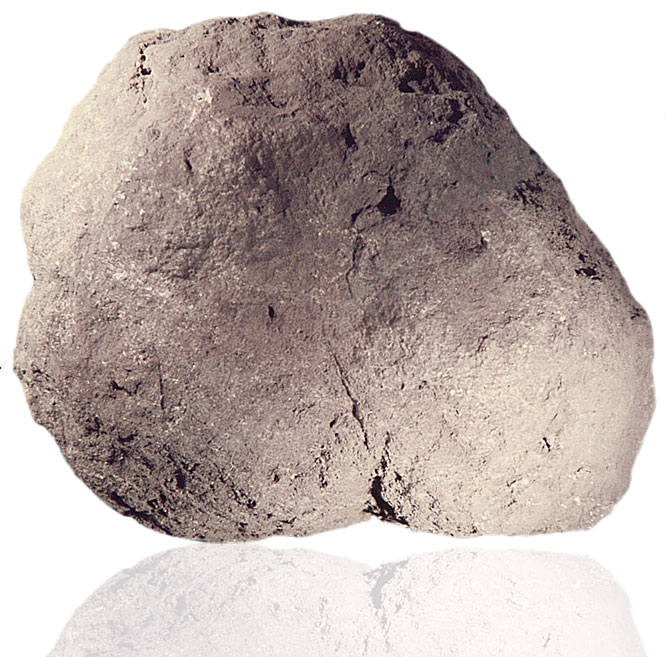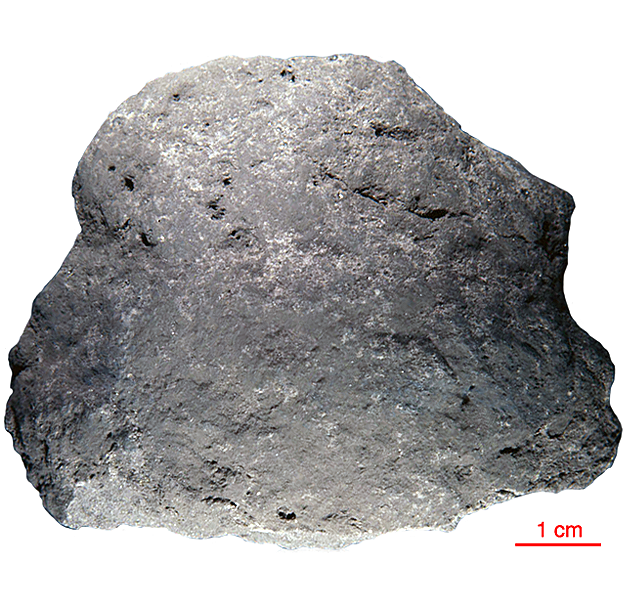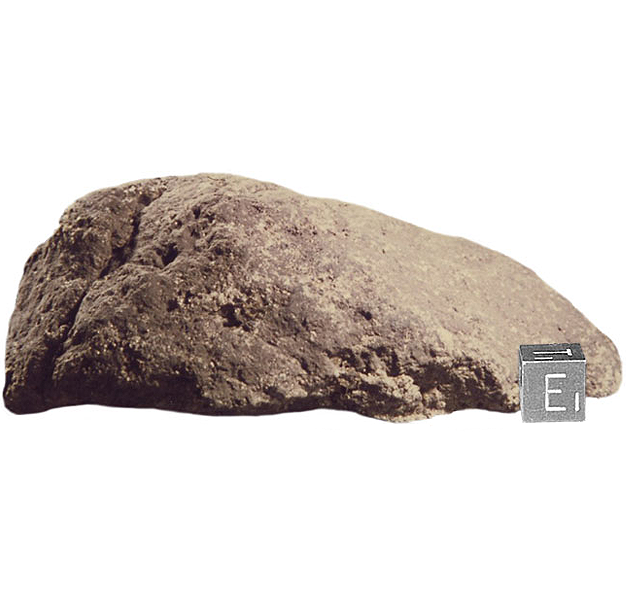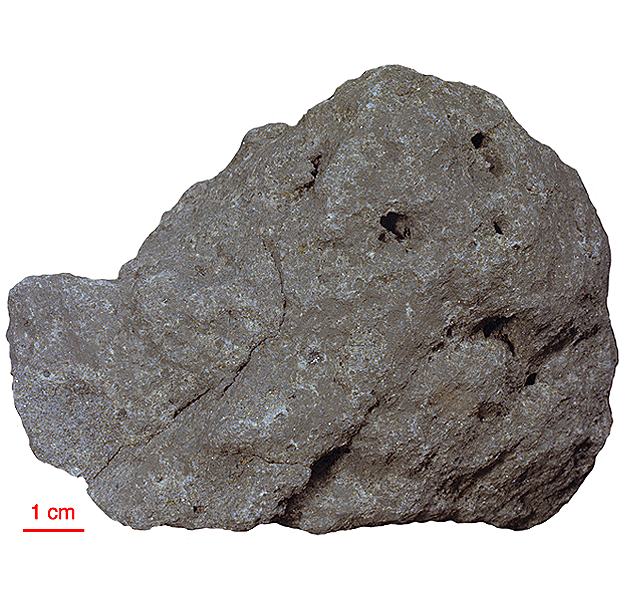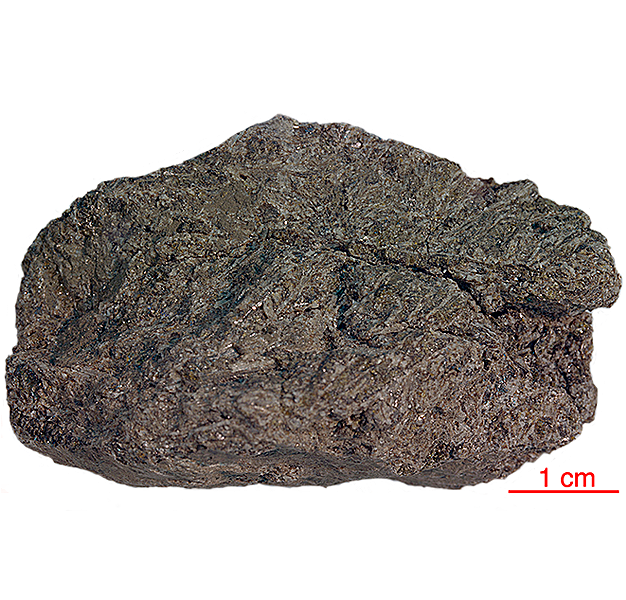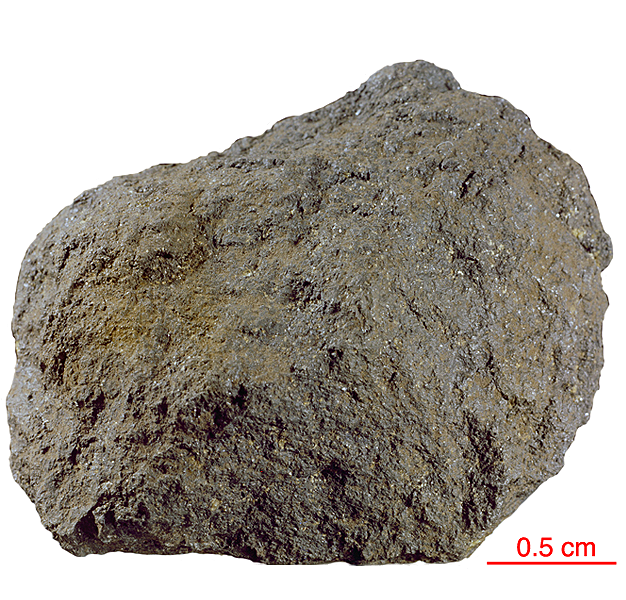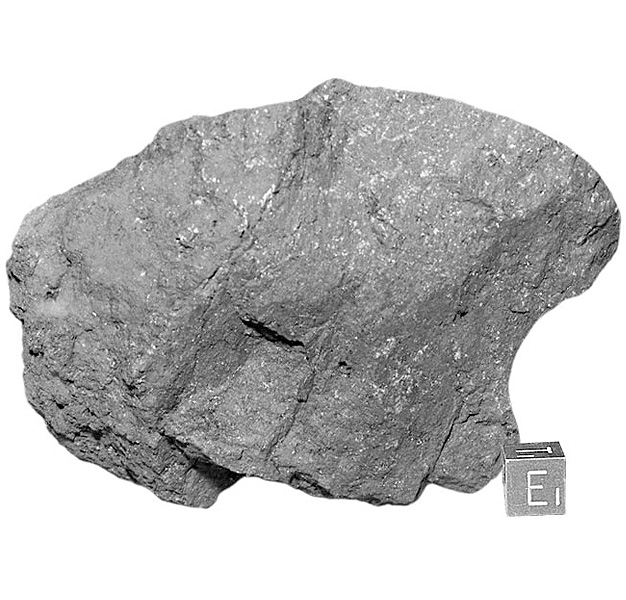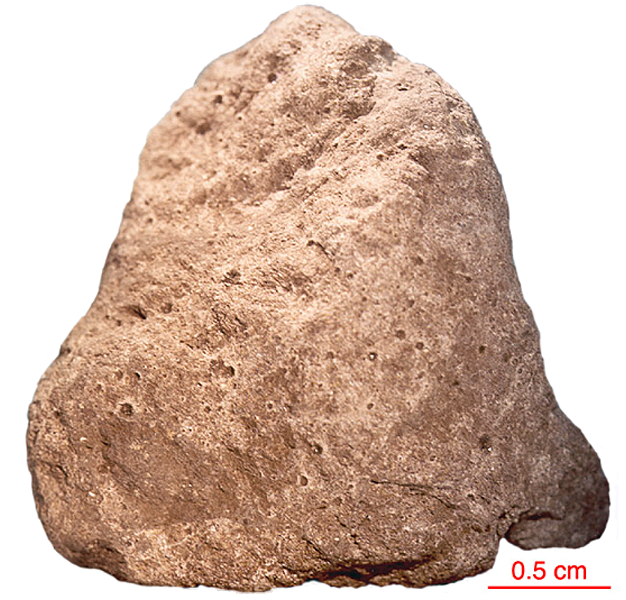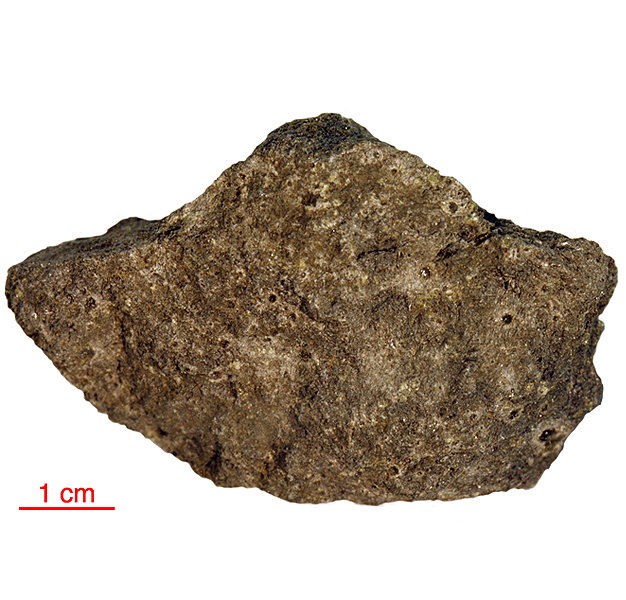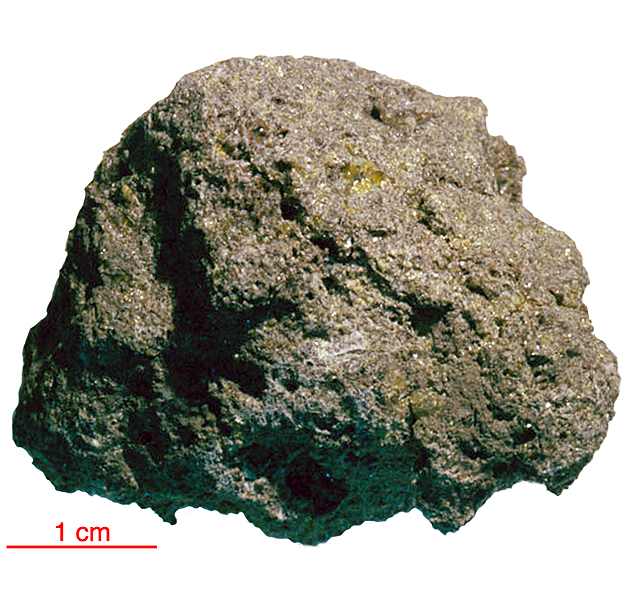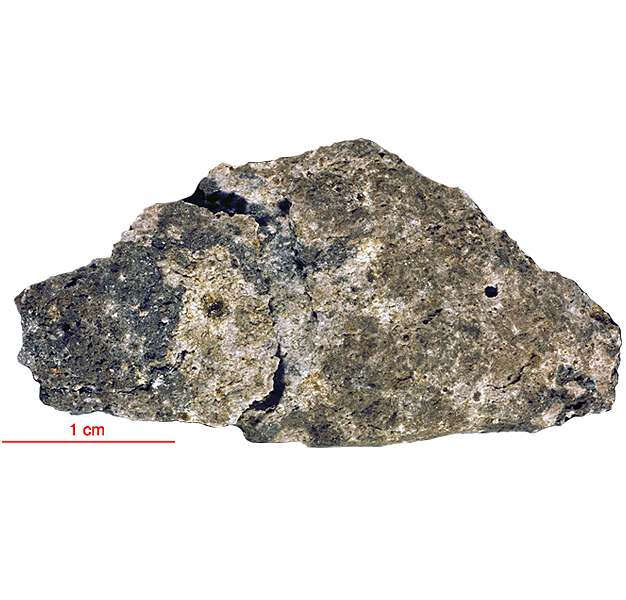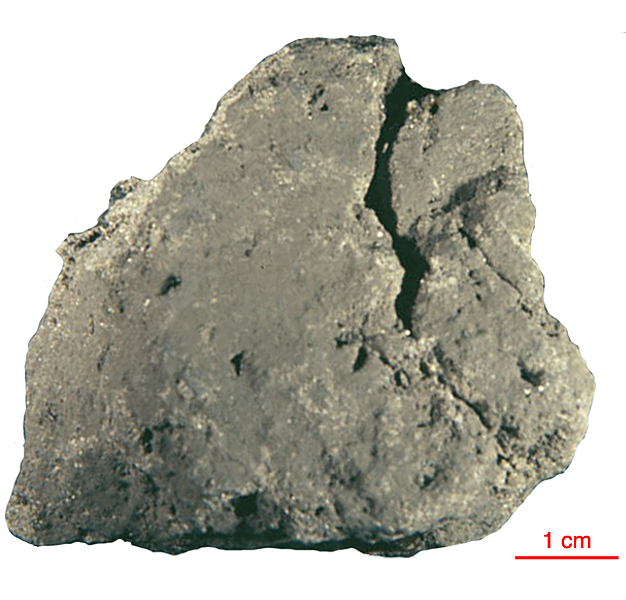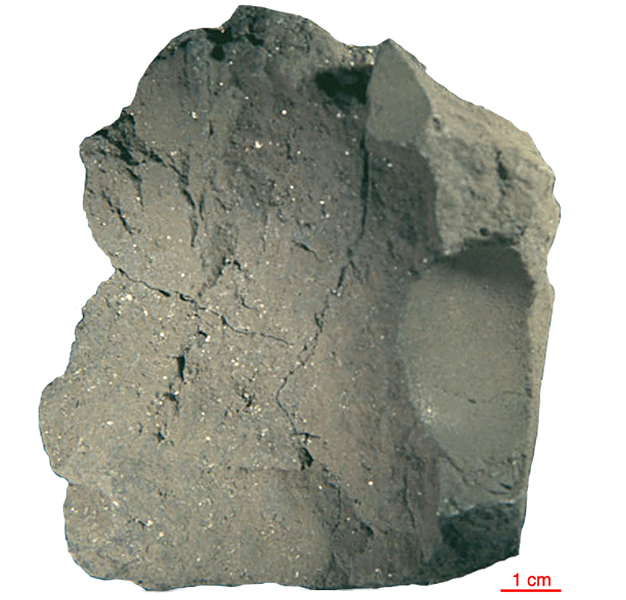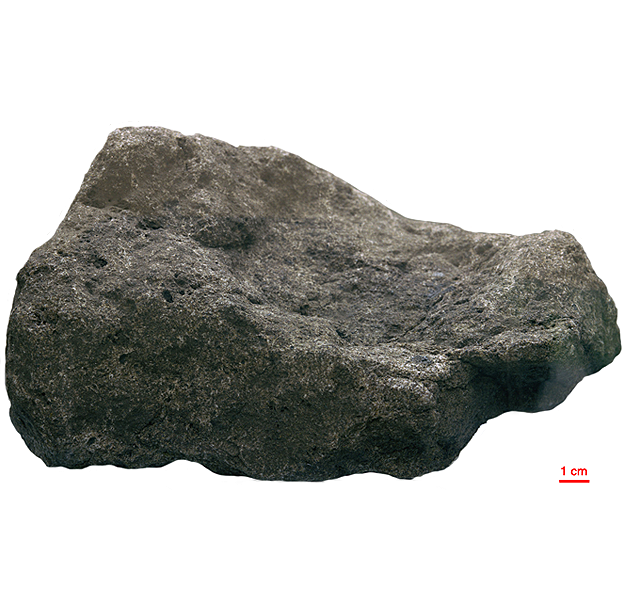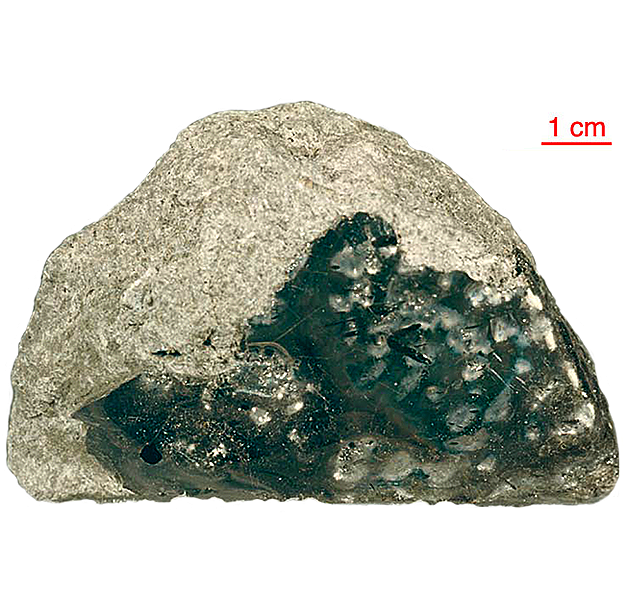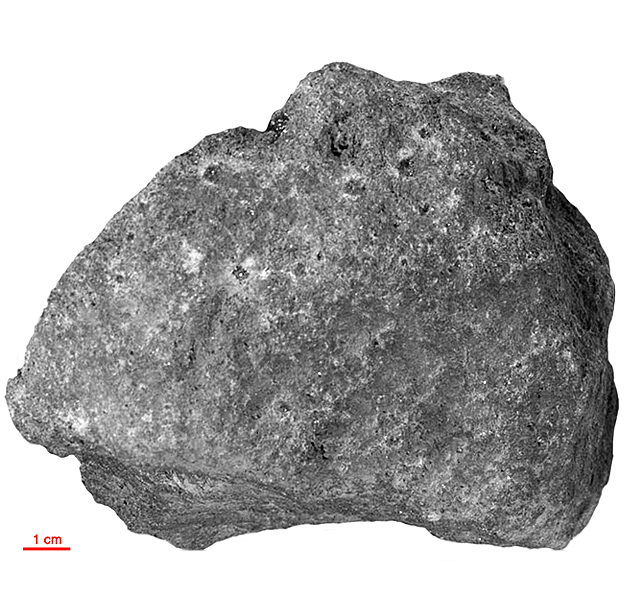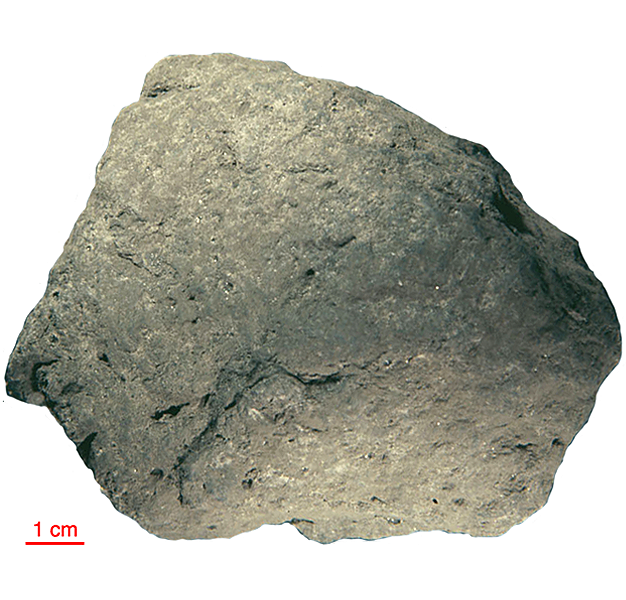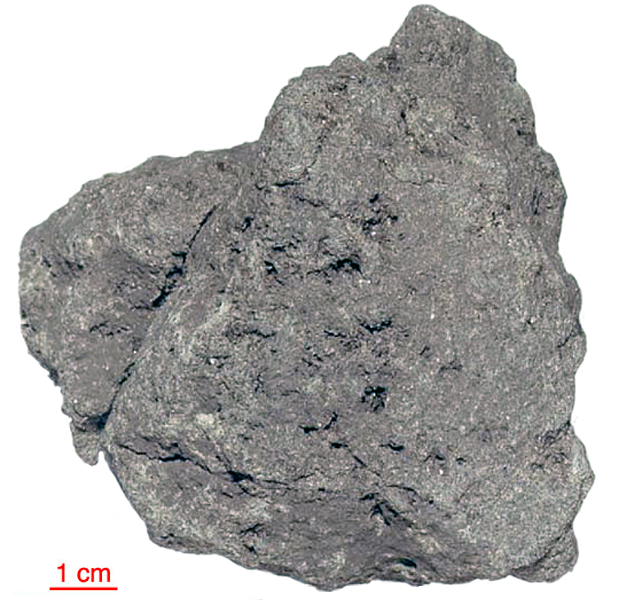Apollo 12 returned 34 kilograms of samples, including 45 rocks, samples of lunar 'soil', and several core tubes that included material from as much as 40 centimetres below the lunar surface.
Apollo 12 rocks were almost all basalts, with only two breccias in the returned samples. The basalts at the Apollo 12 site formed 3.1 to 3.3 billion years ago, roughly 500 million years later than the Apollo 11 basalts. Overall, there is much less of the element titanium in the Apollo 12 samples than in the Apollo 11 samples, which explains the more reddish colour of this region. The differences in age and chemical composition between the Apollo 11 and Apollo 12 samples demonstrate that mare volcanism did not occur as a single, Moon-wide melting event.
Apollo 12 was launched on 14 November 1969.
When you look at the Moon on a clear night with the naked eye, you can see colour variations. The overall pattern that they make is sometimes called ‘the man in the Moon’ because some people think they see a face. The lighter areas are the highlands and the darker areas are maria (mare is the singular form).
The lunar highlands represent the original lunar crust, as seen in the previous step. The oldest highland rocks are more than 4.15 billion years old and sometimes as old as 4.4 billion years, which is older than any rock found on Earth. They are mainly anorthosite, but also include dunite and gabbro with increasing depth. These are the oldest rocks on the Moon and are evidence for a magma ocean, as discussed earlier.
In contrast, the maria are basins filled in with basalt and were formed mostly between roughly 3.0 and 3.5 billion years ago. However, there are some small patches that are thought to be as young as around 1.0 billion years. The mare basalts are secondary to the Moon’s formation, in the sense that they did not form from the magma ocean stage like anorthosite, but by later heating and melting of the mantle in the same way that volcanoes are formed on Earth.
Two other types of deposit are found on the surface of the Moon:
- regolith: the crushed remains of other rock types that coat much of the Moon's surface
- breccia: a rock formed of regolith that has been welded together at high temperature and pressure.
Regolith is the mixture of dust, mineral fragments and rock fragments that lies on the surface. Breccia is formed in the explosions when large asteroids hit the Moon.
The Moon has no atmosphere, so even the smallest meteorites just millimetres across reach the surface and form craters. (Such meteorites are called micrometeorites.) Some of the Moon rocks returned to Earth by the Apollo astronauts have small pock marks formed when tiny particles hit them. Each is filled by a thin layer of rock that melted in the impact and then re-solidified.
